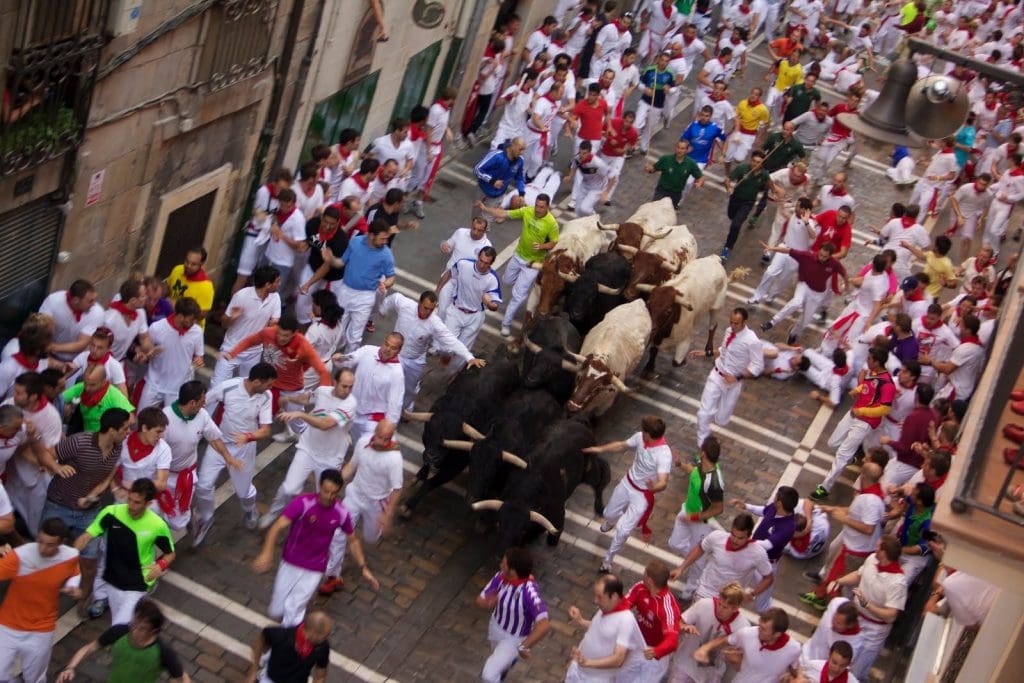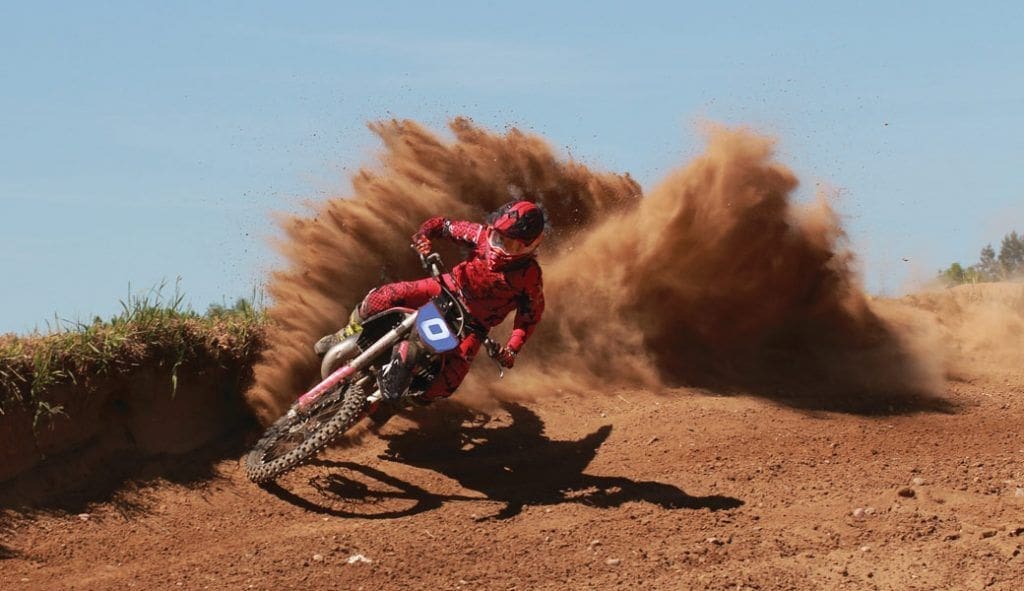11 Most Dangerous Sports
Here are some of the more dangerous activities you could attempt if 1 – you are crazy seriously crazy, 2 – you like to live (or die) on the edge, 3 – you still have insurance cover for your particular dangerous sport and 4 – you believe what you are doing will cure the hiccups.
1. Motorcross
Motocross is unquestionably dangerous. Like every form of motorsport, it involves a vehicle – in this case a small-to-medium-displacement dirt bike, almost always under 500cc. And it requires that you go out and go faster than someone else. The Dakar Rally is perhaps the toughest and most dangerous motorsport event in the world.
2. Falling From Space
Footage of the amazing fall from space of Austrian skydiver Felix Baumgartner plummeting to Earth shows how vulnerable he was to potential disaster. His free fall from over 39.42 kilometres shows he went into a violent spin after breaking Mach 1. Baumgartner transmits, “feels like I have to pass out” but seconds later he stabilises and his speedy descent is back under control, although he was never entirely safe until touchdown. we may not see the next record being broken for a long while.
3. B.a.s.e Jumping
“B.A.S.E” is an acronym which refers to four categories of objects from which a (totally insane) person might want to throw themselves off, like a building, a robust antenna, a sturdy span and cliffs. Considered the most dangerous recreational sport in the world jumpers chuck themselves off perfectly stable structures and after a certain time of freefall deploy a parachute hoping like hell it opens. One death is recorded for every 2000 jumps in this sport.
4. Running of the Bulls

This annual festival held in Spain is one of the most popular but also deadliest extreme activities in the town of Pamplona. Actually it’s one of the deadliest in any town, anywhere. It only lasts for a few minutes from start to finish but when you have the sharpened horns of a galloping bull chasing you down, that’s all it takes to cover the 800 metre course. Since the event began in 1910, 15 lives have been lost. But each year between 200 and 300 are injured. If you’re keen/stupid, the San Fermin Festival will be held on 6 – 14 July.
5. High lining
This is similar to a circus tightrope act except these clowns have no balancing pole, no safety net to catch them, and the wire is not stable or taut. They also choose to cross massive canyons, waterfalls or ravines rather than a circus floor. Most highliners wear a climbing harness or swami belt that attaches to the “slackline” but leash-less or “free-solo” highlining is not unheard of. Other variations include; Slacklining, Urbanlining, Tricklining, Waterlining, Tunelining, Slackline Yoga and Freestyle Slacklining.
6. Heli Skiing
Considered one of the top ten most dangerous sports in the world, Heli-skiing is off-trail, downhill skiing that is accessed by a helicopter and though many operators minimise the continued risks of leaping into virgin slopes away from the crowds, there is still the risk of avalanches. Even the helicopter ride can prove a hazard if there is more of an emphasis on the thrill rather than the safety aspect. Other hazards include falling into tree wells, “snow mushrooms” dropping from trees, being buried in deep powder, crevasses, cliffs, creek beds, and obviously the usual ski-related injuries. The best advice when considering this extreme sport is to only deal with licensed, knowledgeable, professional operators with impeccable safety protocols.
7. Volcano Surfing

Who thought this was a great idea? Ash boarding or volcano boarding uses reinforced steel, metal or formica boards that surf down the sides of volcanos in a surfing fashion similar to snowboarding. Some extreme surfers even prefer to sit down while dodging sharp volcano rocks or dangerous toxic ash. Most extreme boarders will wear protective jump suits with a helmet and goggles.
8. Wing Suit Flying
Who doesn’t want to fly through the air? It might be a fun and exciting thought to cruise above the tops of buildings, but to really appreciate the buzz from using a flying suit to its greatest potential is from The Eiger in Switzerland. The mountain stands 3,970 metres above sea level and is the highest wing suit flying spot ever recorded. Using nothing more than a special jumpsuit, these flights are not without recorded fatalities with the first in 1963, but seriously, the thought of ripping through the air like a super hero is pretty tempting, right?
9. Big Wave Surfing
Frankly, any sport that operates in the realm of sharks is high on the list of “what the hey”. However, Big Wave Surfing cranks the dial to extreme when you consider that tiny little surfers are towed into waves that on a good day have the strength to wipe out entire villages. If the immense force of a wave crashing down on you doesn’t smash the life out of you, burst your eardrums, push you so far underwater you drown or slap your pathetic body across rocks, coral or the ocean floor, then there’s a real chance of disorientation causing panic resulting in a triple hold-down or being caught under water by more than one consecutive big wave. It’s estimated a surfer in the water has about 20 seconds to get to the surface before the next big wall of water comes crashing in. Several big surfers have lost their lives since 1994 to these monsters of nature.
10. White Water Rafting

Grade 6, Class 6 rapids are considered to be so dangerous that they are effectively unnavigable. Substantial white-water, huge waves, huge rocks and hazards and substantial impact on the rafts can cause severe injuries. In fact, traversing a Class 6 rapid dramatically increases the likelihood of ending in serious injury or death compared to lesser classes. It’s now considered that in order to successfully complete a Class 6 rapid without serious injury or death is considered to be more a matter of great luck or extreme skill.
11. Free Soloing
This extreme sport is rock climbing without any safety ropes, harnesses or other protective equipment, supporting your entire weight only using fingertips and toe tips. One small mistake, cramp at the wrong time or less-than-perfect grip and it’s goodnight nurse. And yes, people have died doing this sport. Alternatives to free soloing include:
Free Climbing is done using ropes to prevent a fall.
Bouldering is climbing at heights low enough that a fall would normally be safe typically using a bouldering mat to cushion a potential fall. Deep Water Soloing is climbing over a body of water. Buildering is climbing without safety equipment up skyscrapers. Free BASE includes a combination of free solo climbing to ascend a structure, and BASE jumping with a parachute to get down.

